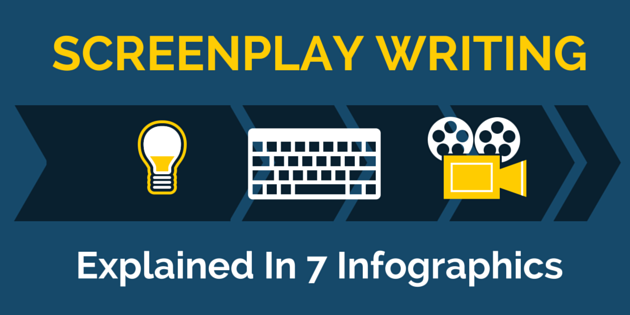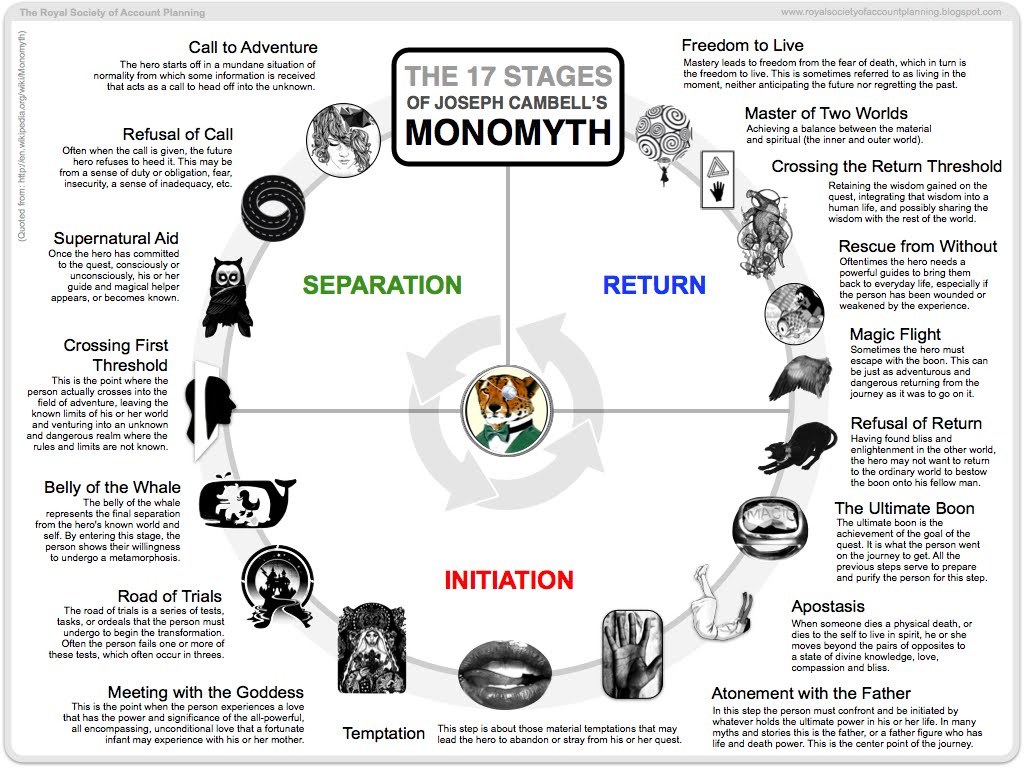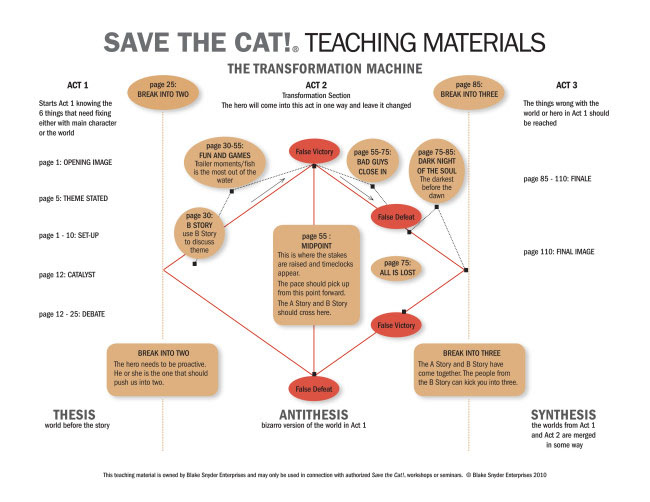PRODUCER RESOURCES
SCREENPLAY WRITING EXPLAINED IN 7 INFOGRAPHICS
Screenplay writing is a visual art form, so let’s approach the topic visually.
Here are 7 of the most succinct and compelling infographics about screenplay writing.
Screenplay Writing Lesson #1:
Look At The Big Picture

When you get serious about screenplay writing, you’ll realize that at some point, your script is likely to end up in the hands of a script reader.
This infographic is the work of an anonymous professional reader who read 300 screenplays from five studios and compiled the issues.
While this isn’t the same as rigorous scientific data, I find it interesting and is congruent with my experience reading countless scripts submitted to studios.
Where is your project original and where does it meet conventional expectations?

Screenplay Writing Lesson #2:
Choose Your Genre
One of the most crucial aspects of screenplay writing is genre.
This is especially important if you have not sold your first project yet.
Screenplays must fit into a particular genre because genre translates to audience and budget (and therefore, to a payday for you).
Luckily, there are many genres and subgenres to choose from.
Where does your script fit?

Screenplay Writing Lesson #3:
Use Mythical Structure
When it comes to screenplay writing, structure is what separates the professionals from everyone else.
As you may know, the basis for screenplay structure is mythology.
Comparative mythologist Joseph Campbell researched and wrote a ground-breaking book called Hero Of A Thousand Faces. By comparing the myths from different cultures all around the world, Campbell discovered that all stories share a similar structure.
He calls his composite master story structure, the “monomyth.”
Does your story hit these beats?

Screenplay Writing Lesson #4:
Use Blake Snyder’s Structure
There are many versions of Campbell’s monomyth.
My favorite is Blake Snyder’s version. Snyder’s story structure diagram is easy to understand and emphasizes certain key aspects of screenplay writing.
For example, Snyder’s structure demonstrates the congruency between certain sequences of beats, e.g., it’s easy to see that Debate -> Break Into 2 is a pattern that’s repeated with Long Dark Night Of The Soul -> Break Into 3, and illustrates the importance of the Midpoint.
Does your story fit this structure – and if not, do you know why?

Screenplay Writing Lesson #5:
Use Pixar’s Process
The most successful movie-making entity right now is Pixar.
Just about every movie they make is a hit.
The inside scoop on Pixar’s development process was dished by Emma Coats, a director and former storyboard artist at Pixar who created a now-famous list of 22 Rules For Phenomenal Storytelling. Dino Ignacio, a UX Director created a series of image macros of the 22 rules using images from Pixar movies.
How many of these rules did you use when constructing your script?

Screenplay Writing Lesson #6:
Learn Scene Structure
Just as screenplay writing requires understanding screenplay structure, writing any scene requires understanding scene structure.
John August (Go, Big Fish, Charlie And The Chocolate Factory) has created a simple one-sheet for scene writing.
Do you follow this process when writing scenes?

Screenplay Writing Lesson #7:
Honor The Tropes Of The Genre
Yes, the idea behind this infographic is that screenplays are full of clichés, tropes, and events that have become so common that they are laughable.
However, the truth is that these clichés became clichés for good reasons.
See if your script contains any of these clichés, and then think about how you might tweak them so you’ve got “the same thing, only different.”

About the Author
Stephanie Palmer, a former MGM Pictures executive and best-selling author of Good in a Room, has been featured by NBC, ABC, CBS, Los Angeles Times, NPR, Variety and many more. To connect with Stephanie: goodinaroom.com, facebook.com/GoodInARoom.
Explore more articles and research at Producers Resources.